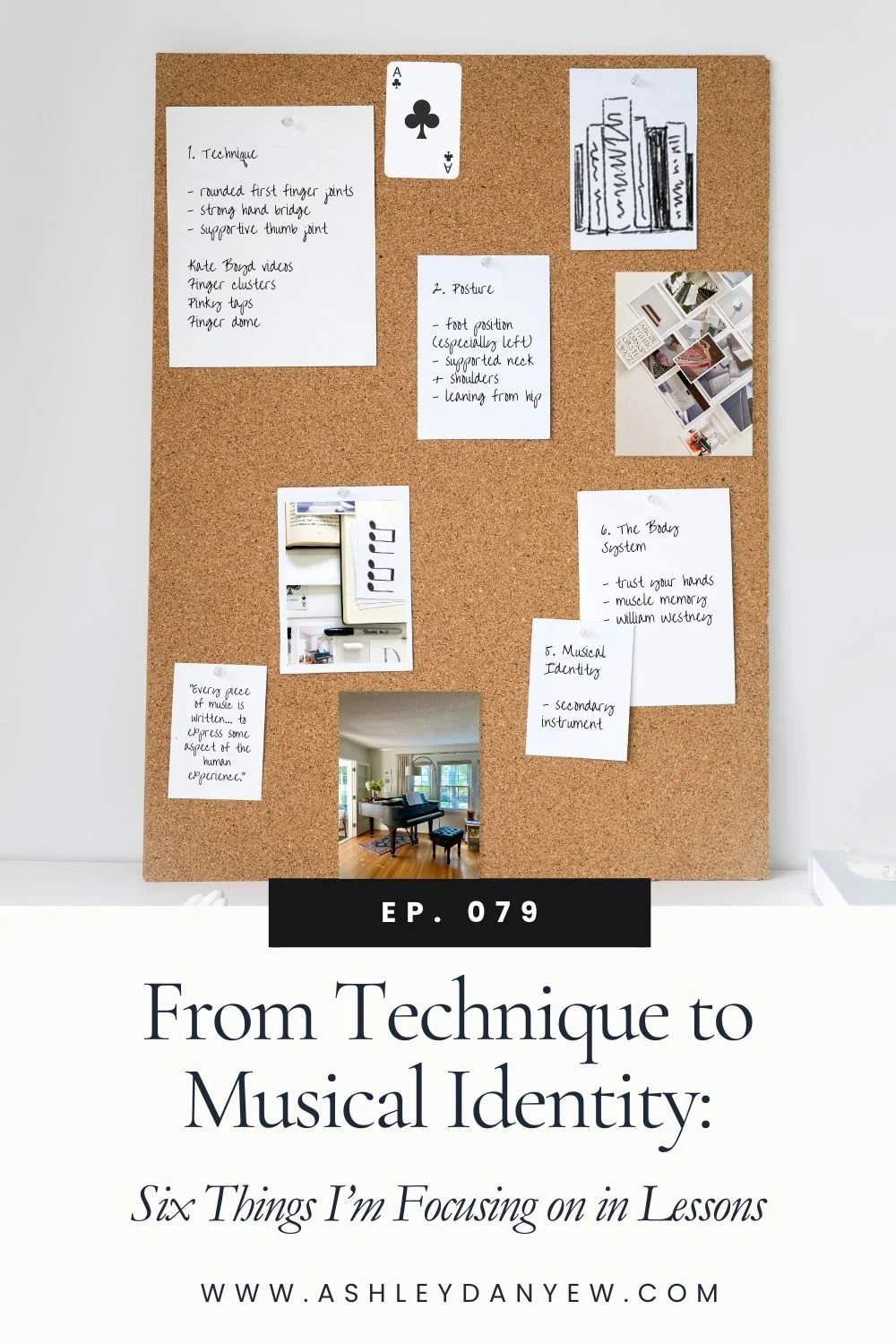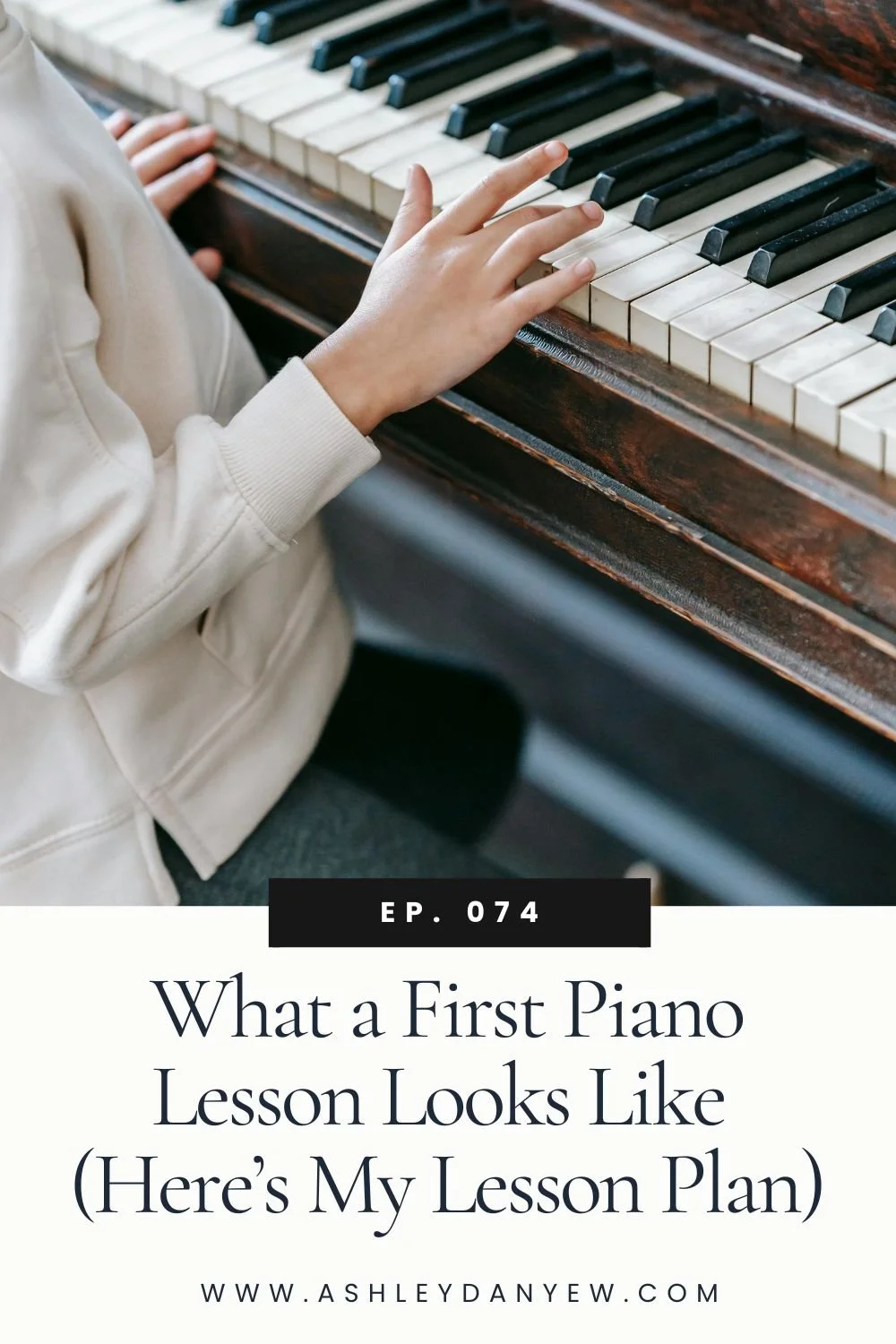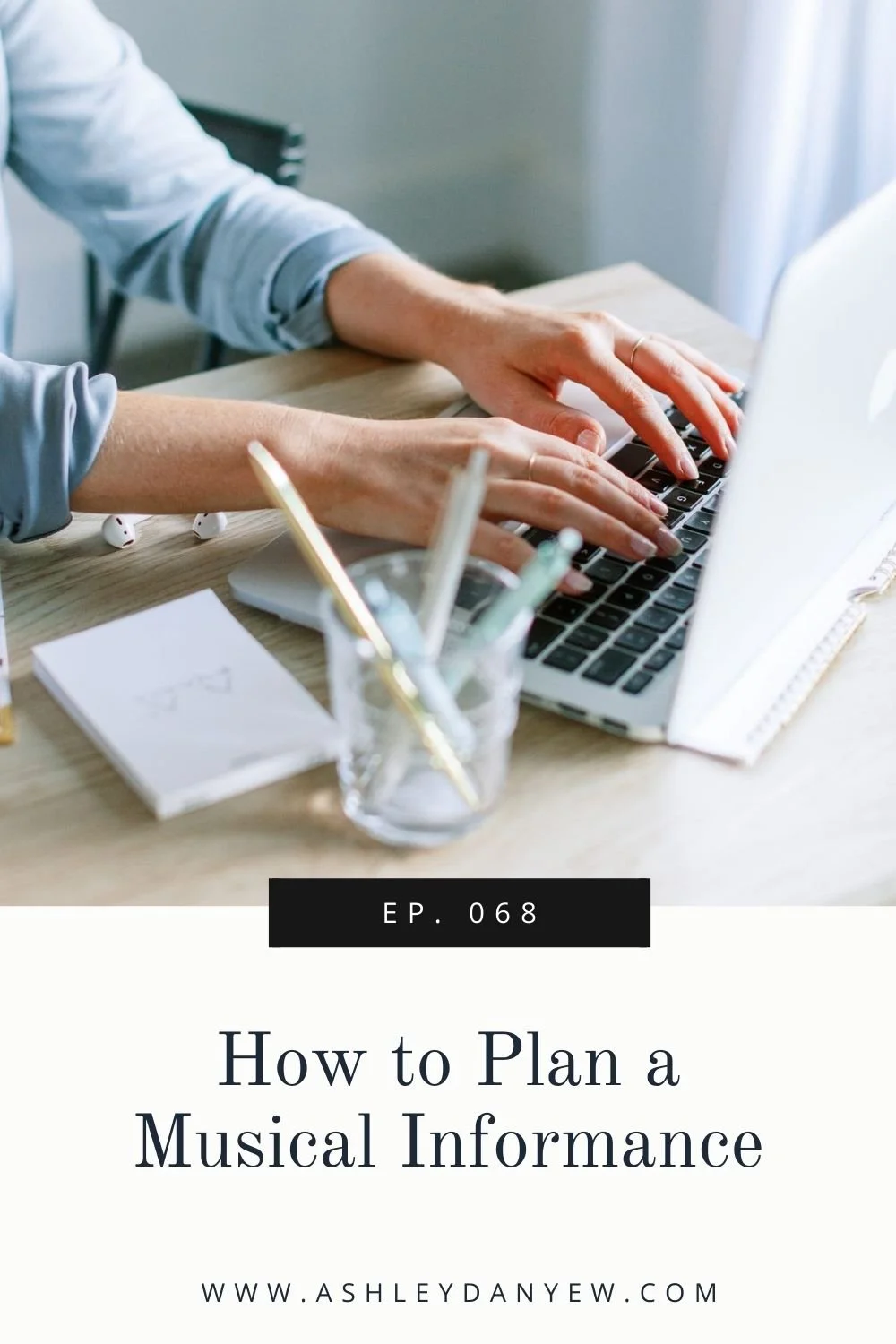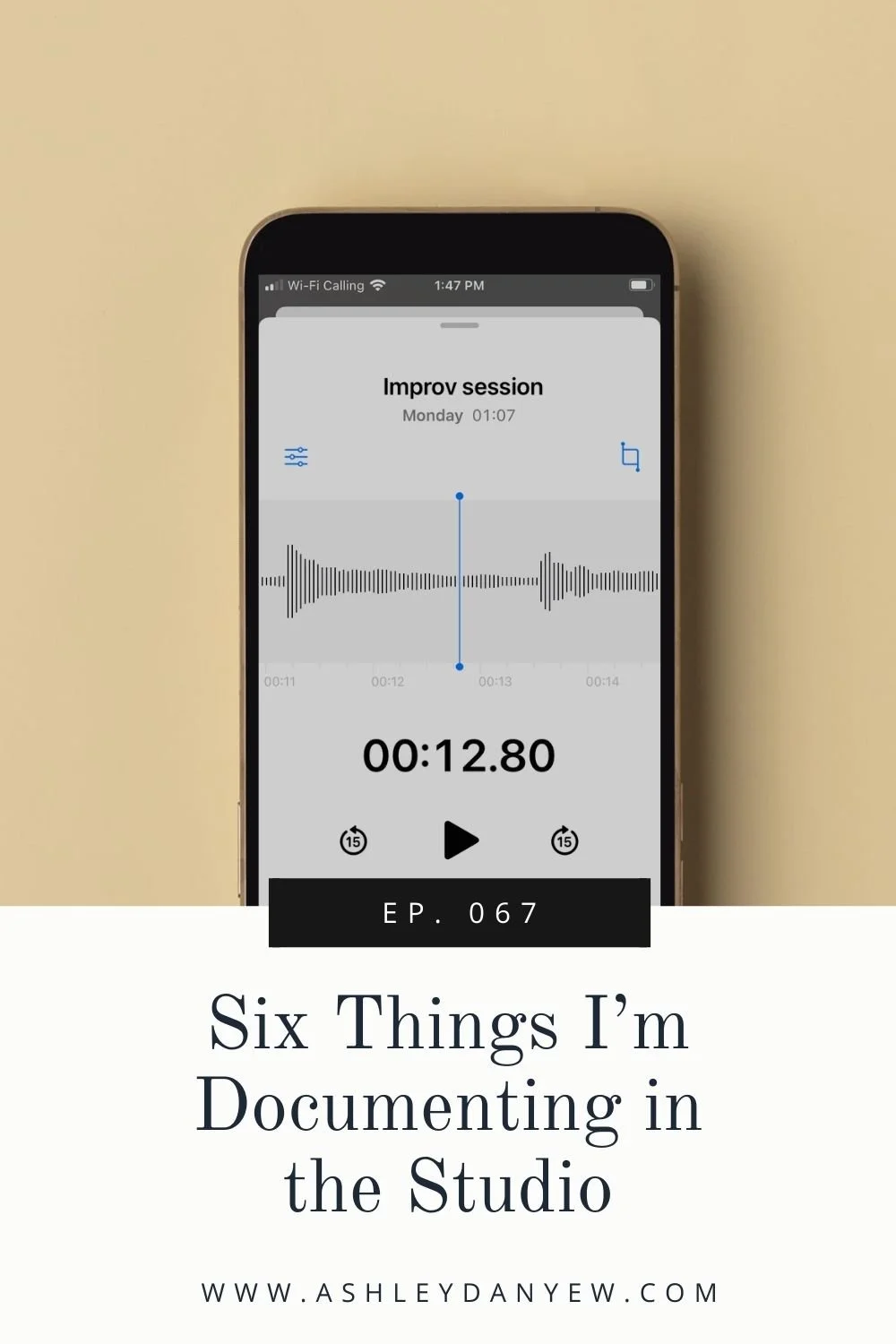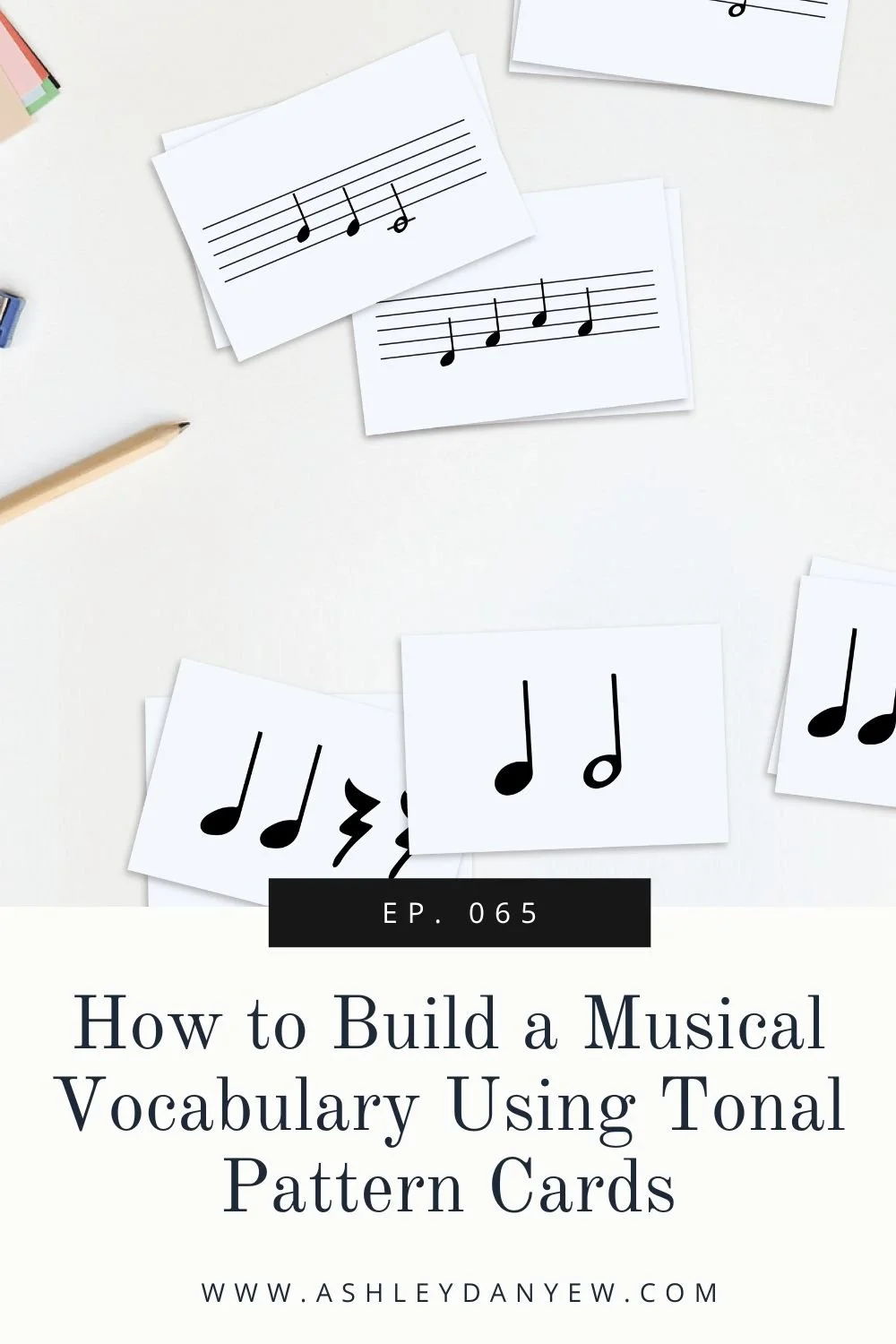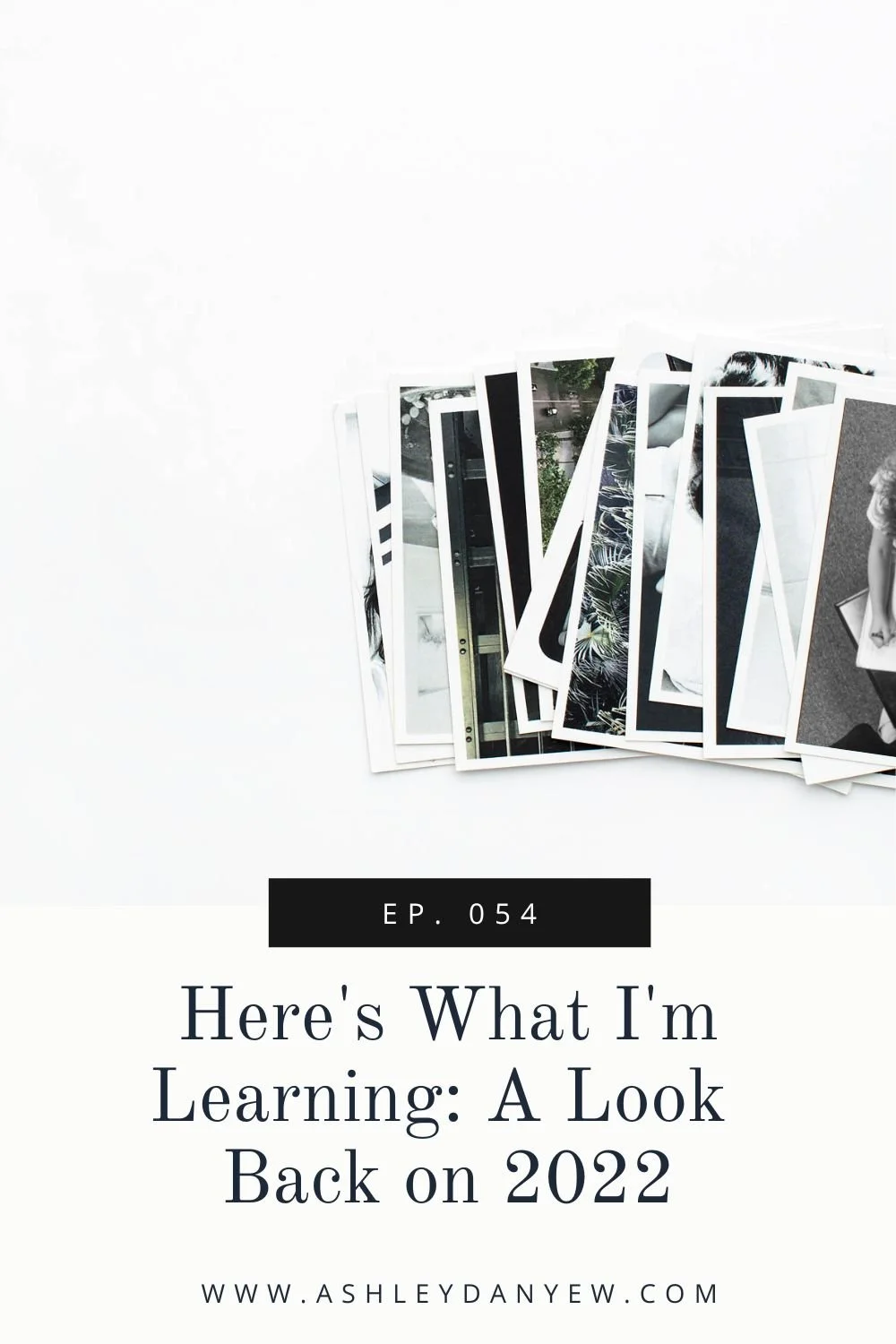Resources Mentioned
Monster Dance (Jennifer Fink)
A Conversation with Edwin Gordon (Mary Ellen Pinzino, 1998)
It's one of those words that makes some of us uncomfortable: improvisation. Did your palms start to sweat when I said that?
For those of us who grew up with classical music training, improvisation wasn't something we did very often. It may not have been encouraged by your teacher growing up, you may not have ever been taught how to do it or how to develop your ideas into something that felt cohesive and musical. You may have been intimidated to play without having music in front of you and let's not even talk about the fear associated with making up something on the spot.
Are your palms sweating now?
If you've been following along for a while, you've heard me share that this was my experience. I never improvised in my lessons and I hated being put on the spot and asked to play something when we were out somewhere and there happened to be a piano (those of you who play another instrument don't have this problem!). I didn't learn how to approach improvising from an educational standpoint until I was in grad school.
Only then did it start to make sense to me: When someone took the time to teach it step by step from the beginning.
And perhaps the thing that surprised me the most was how much structure was involved. Before improvising in class, we made decisions about meter and key, style and length, and we outlined a chord progression and how quickly it moved. I always thought improvising meant "make up whatever you want" but I realized it's all about establishing a musical framework first. That provided so much freedom for creativity because we knew where the boundaries were.
Musical creativity is something I value in my studio and something I want to encourage and foster in all of my students. I love when a student comes into a lesson and says, "I made up my own version of this piece" or "I created a new ending" or "Want to hear the piece I made this week?"
The answer is always yes.
I strive to create an atmosphere that's conducive to learning and creating music and that means guiding my students in developing self-awareness, discrimination, creative expression, and independence in their music-making.
Today, I want to share a story from the early days of my studio when I was still a student myself. It's about a lesson I had one October with an 11-year-old student.
Teaching Story: Monster Dance
I have this tradition in my studio.
Every October, I give each student a special Halloween- or fall-themed piece; something that's not in their method book or supplemental books, a piece of sheet music that's fun and accessible to play during the month.
And so it was several years ago in October when I introduced Jennifer Fink's Monster Dance to a 5th-grade student. Let's call him Jace. It was a sight-readable piece for him — a short, 1-page piece we could put together in one lesson — but it's written as a left-hand solo, which provided some challenge for him, and it ventures up into the treble clef partway through, which offered a good reading challenge.
We worked through the primary patterns and hand-position shifts together. I asked him to look for repeated patterns and musical ideas so we could get a sense of structure and form. After analyzing the piece and practicing the patterns individually, Jace asked to play the piece all the way through.
As I listened to him play, I thought about the Pixar film, Monsters, Inc., naturally (one of my personal favorites, especially this time of year).
"Have you seen Monsters, Inc.?" I asked when he finished playing. "Um, yeah, of course!" Jace said, with a smile and a playful eye roll. "Have you seen Monsters University?" he asked. "Um, yeah, of course!" I said, imitating his response.
"I was thinking — which monster is the best match for the music in Monster Dance?" I asked. "Definitely Sullivan," he said without hesitation. "Yeah, I was thinking Sully, too," I said. There's something about the lumbering D-minor pattern with a raised 4th scale degree that seems to capture his character so well. "But what about Mike Wazowski?" I said. You can't have Sully without Mike. "What kind of music do you think would fit his character?"
Jace immediately went to the high side of the piano and started improvising something playful and humorous.
"I mean, Mike Wazowski is not scary at all," he said as he played, chuckling to himself. "Wait. I have an idea," he said quickly, interrupting his improvisation. "We'll make up a monster dance for Mike Wazowski, but you can only use the notes of C minor. You first," he said with a grin.
I was surprised by his invitation and a little intimidated if I'm being honest, but I was inspired by his boldness in sharing his musical ideas without needing to practice and perfect them first and I was pleased that he was the one extending the invitation to improvise together like it was no big deal. That definitely would not have been me as an 11-year-old student — just saying.
I don't remember what I ended up playing that day, but I remember that Jace's monster dance improvisation ended with the highest C on the piano.
"That's Mike Wazowski saying 'boo' — and not being scary at all!" he explained, laughing at his own joke. And with that, he picked up his books and walked down the hall to meet his parents, still chuckling to himself.
I smiled as he left the room, still processing the creative moment we had just shared. "Have a great week!" I called to him down the hall.
I'm glad I took the time to write this story down all those years ago. Looking back, I can see my curiosity about improvising and musical creativity and the way I was making space for my students to explore this in lessons; but I also feel my own hesitancy to improvise in this narrative, that butterflies-in-your-stomach feeling of creating something on the spot in front of an audience.
But I've learned through the years that facing those fears in the moment sets a positive example for our students. It's not about perfection. It's not about playing the "right" notes at the "right" time or having the best musical ideas. It's about the process — experimenting and playing and discovering ideas and figuring out how you want to use them. It's about learning how to make musical decisions in the moment.
In an interview with Mary Ellen Pinzino, music educator, researcher, and author Edwin Gordon said, “My best recommendation to music teachers of the next century is to improvise, improvise, improvise! Get rid of notation. Learn from music learning theory to teach children to make music without the aid of notation or music theory. Follow religiously the process of the way we learn language.” (source)
Summary
I hope this encourages and inspires you to create opportunities for improvising in your music-teaching this year. How can you support creative expression in your students and guide them in creating and developing their own musical ideas?






